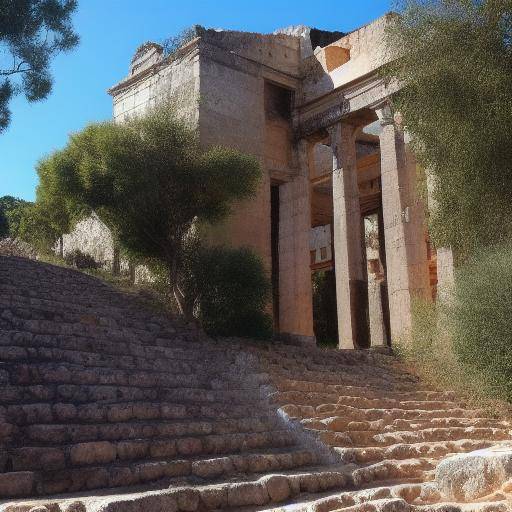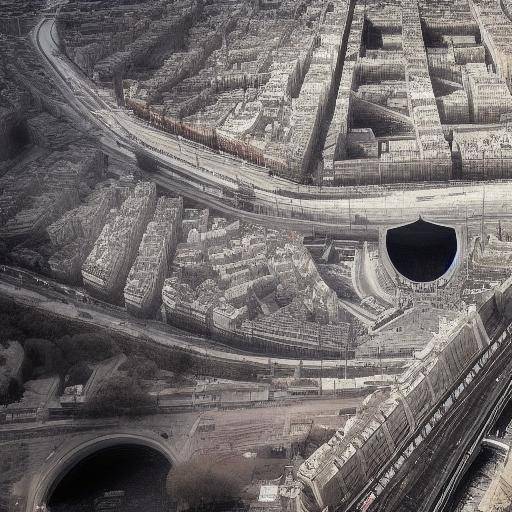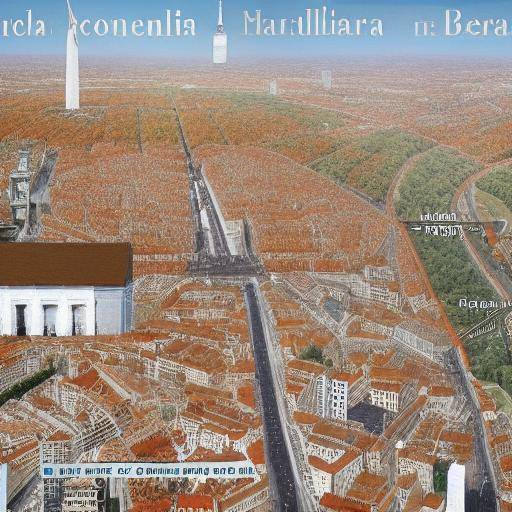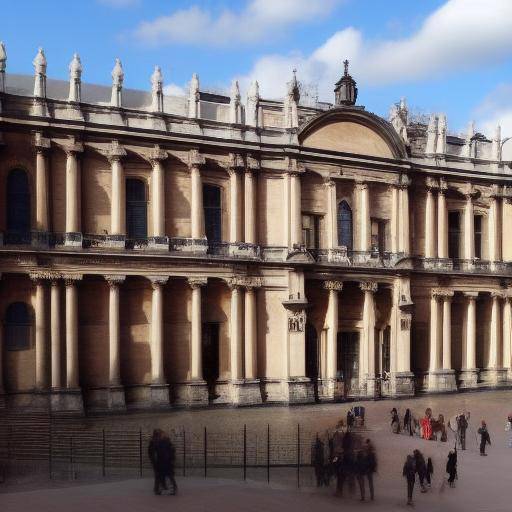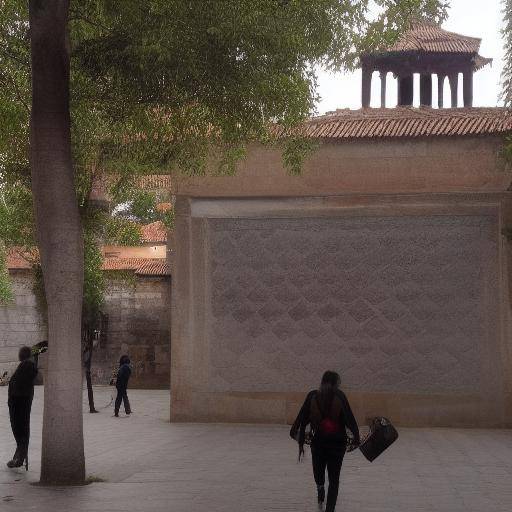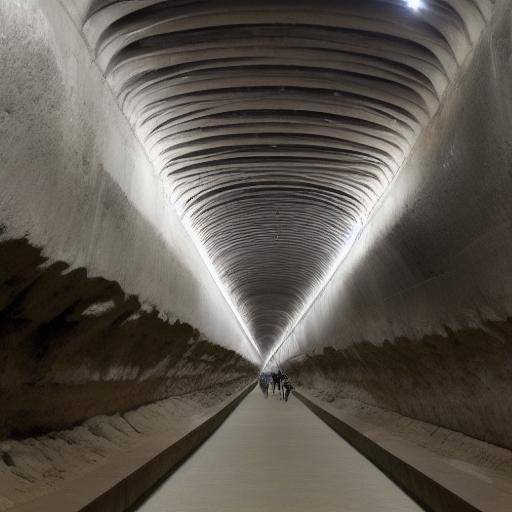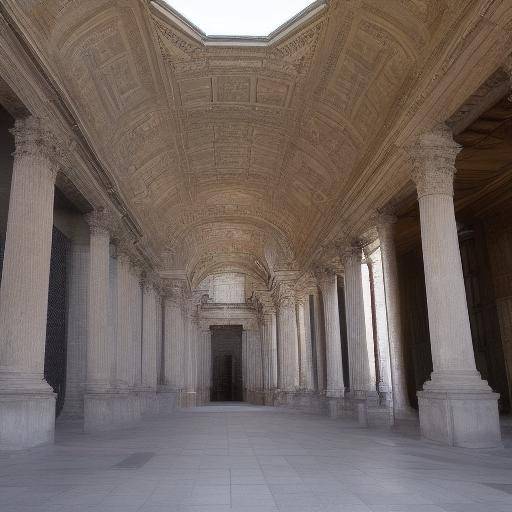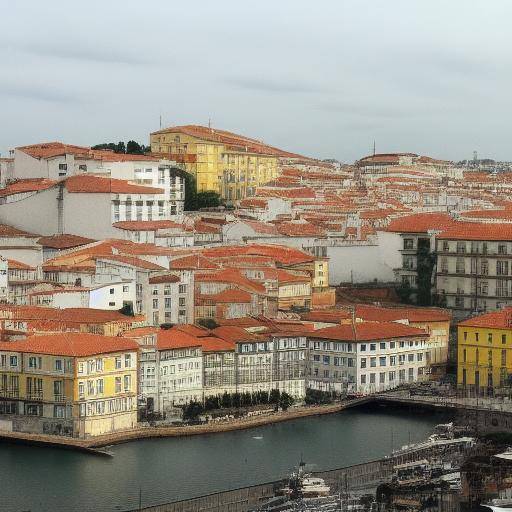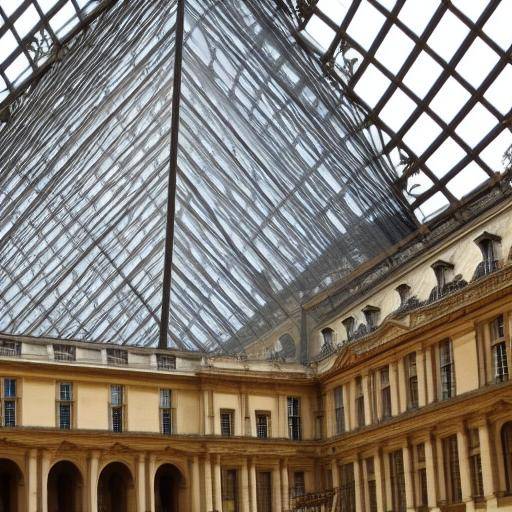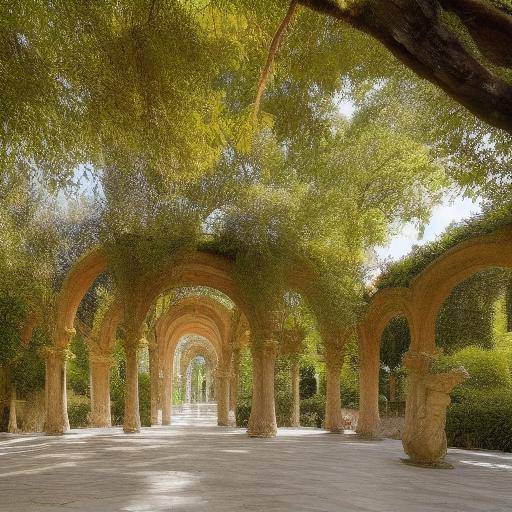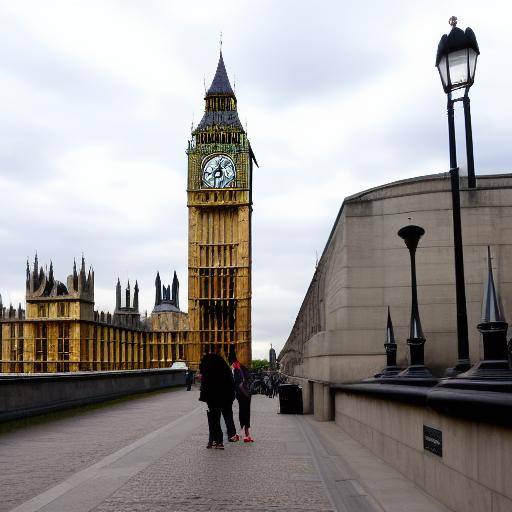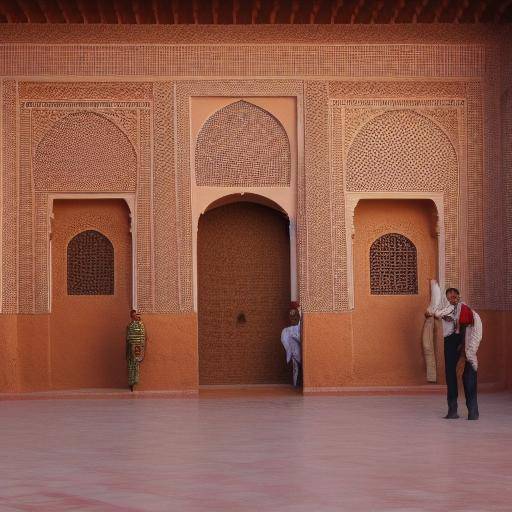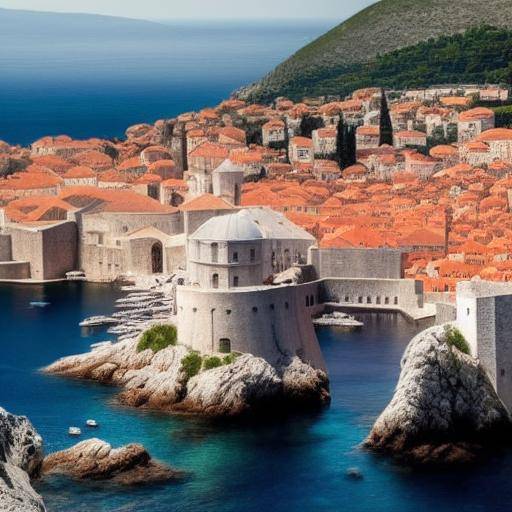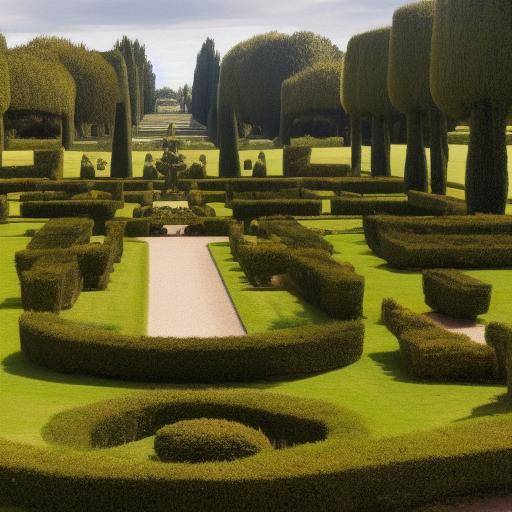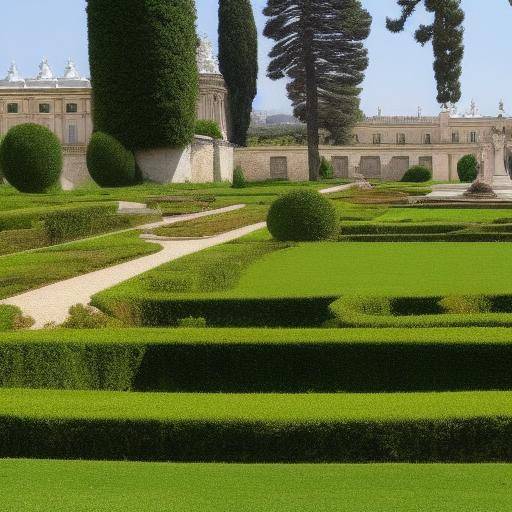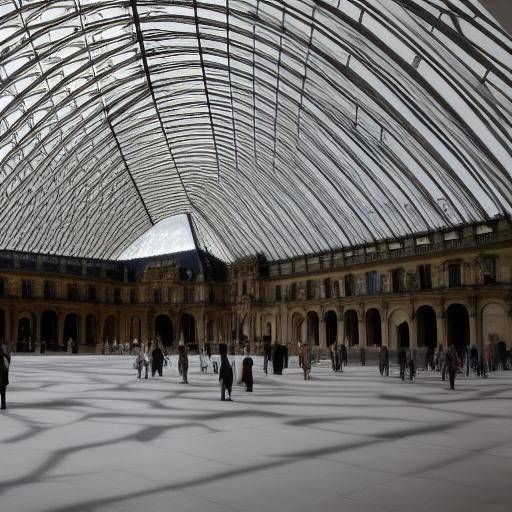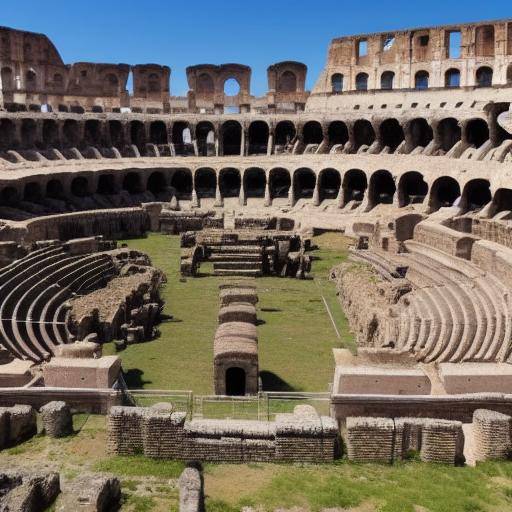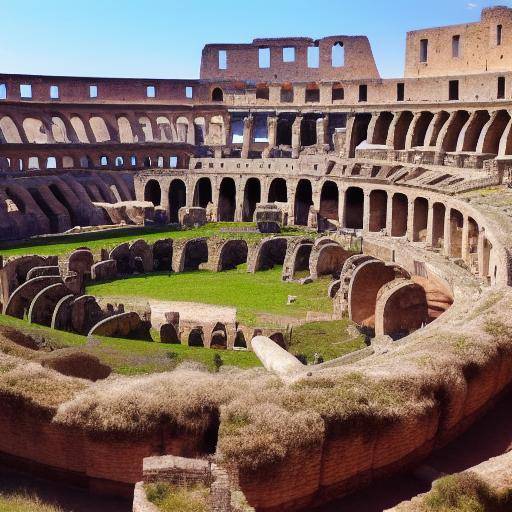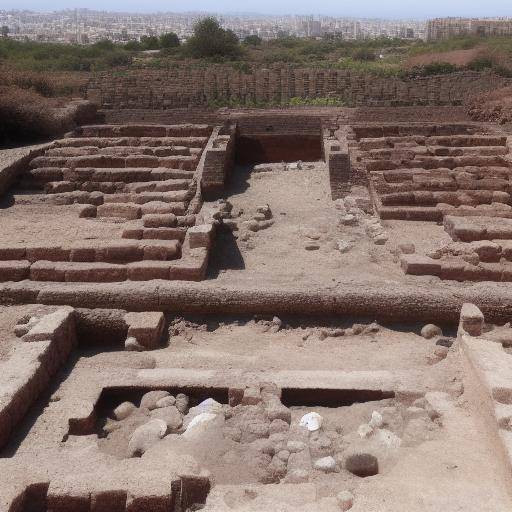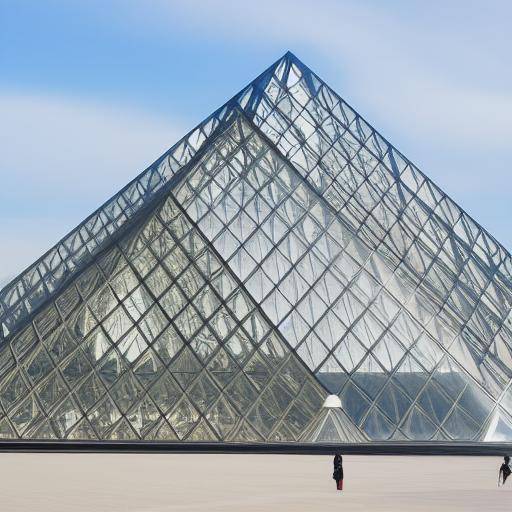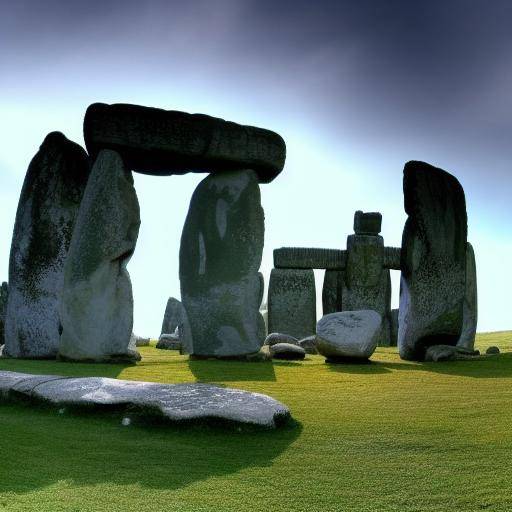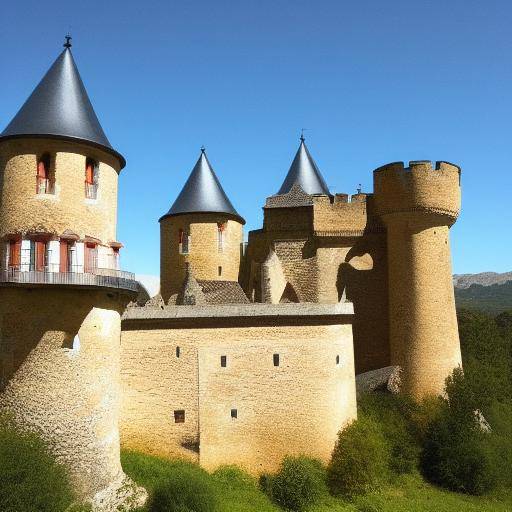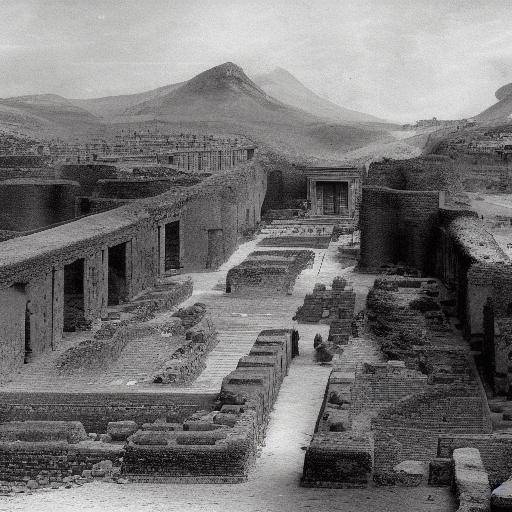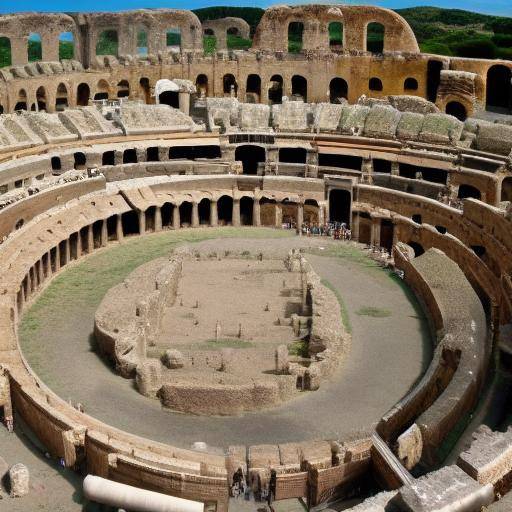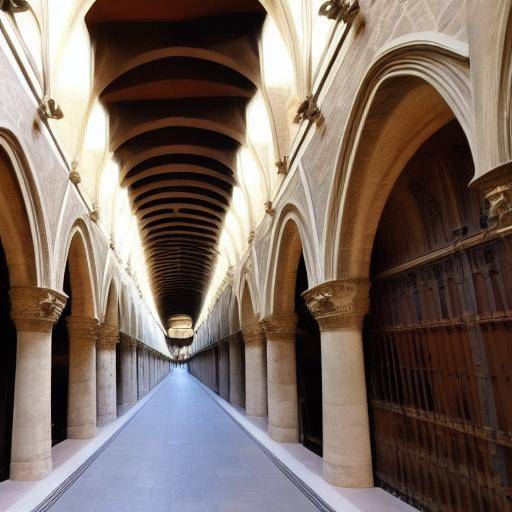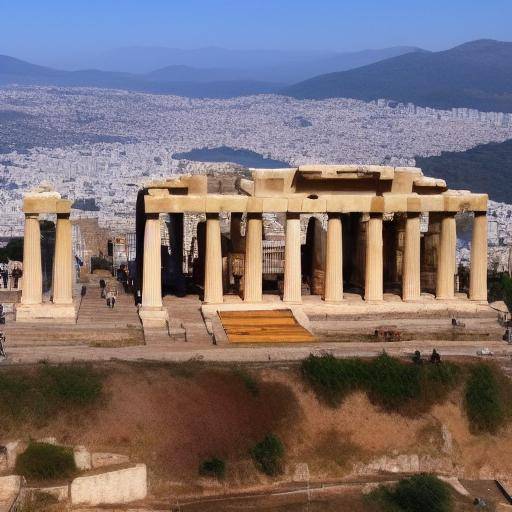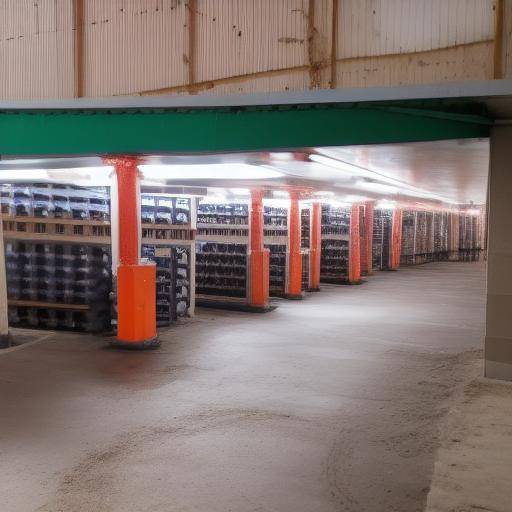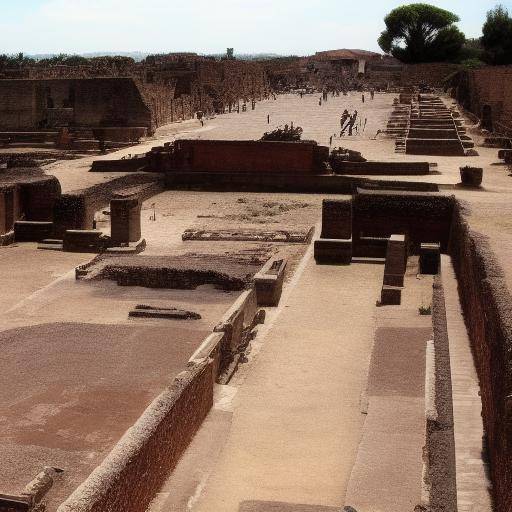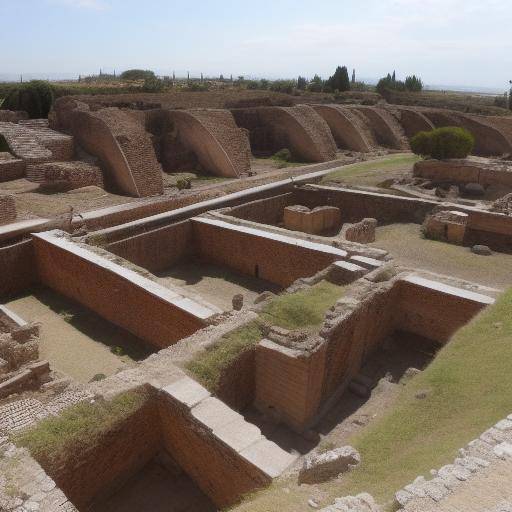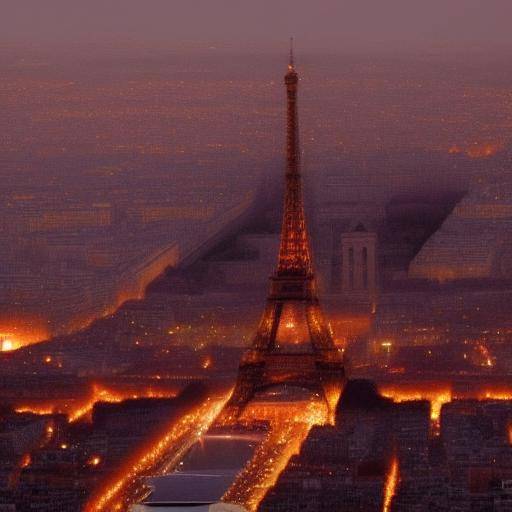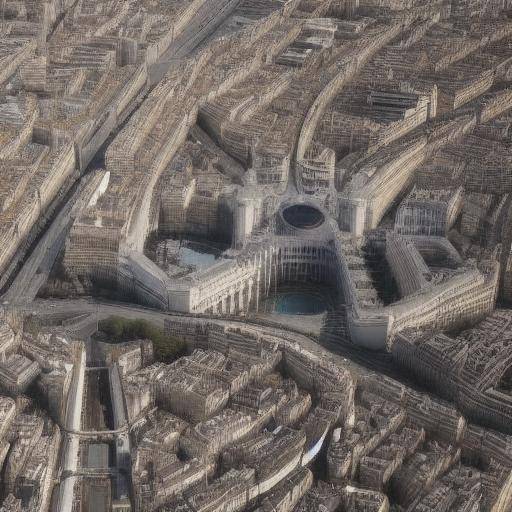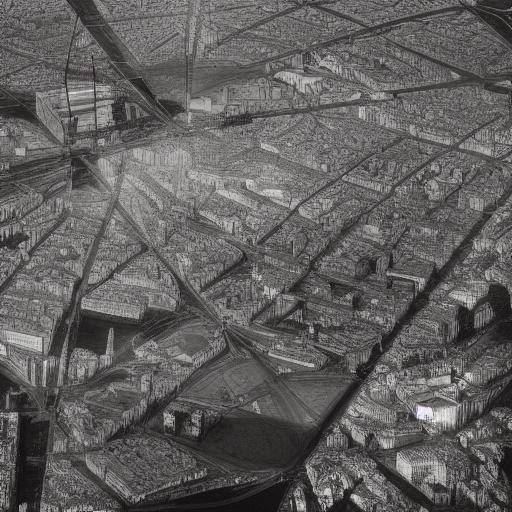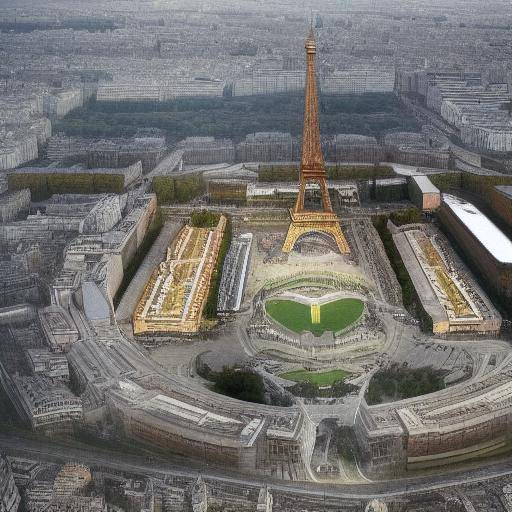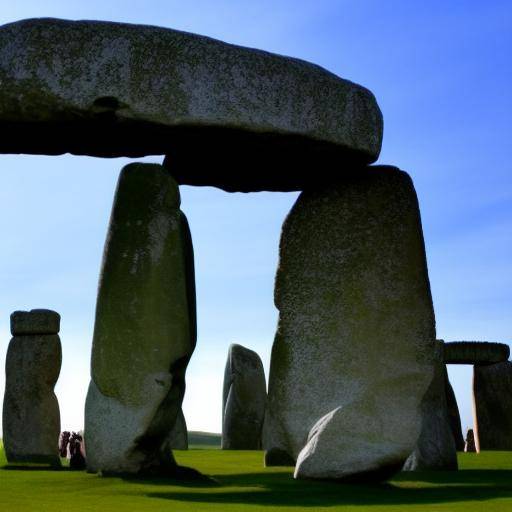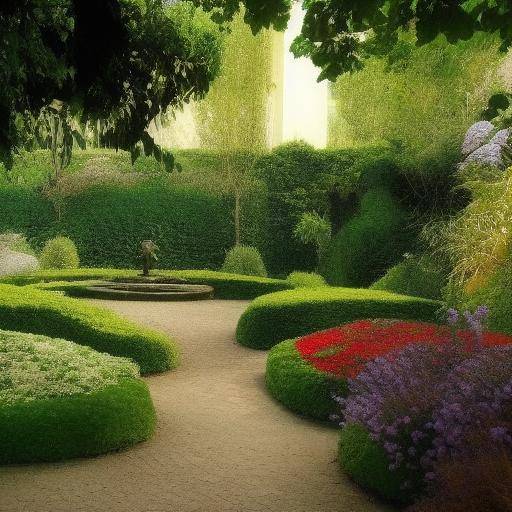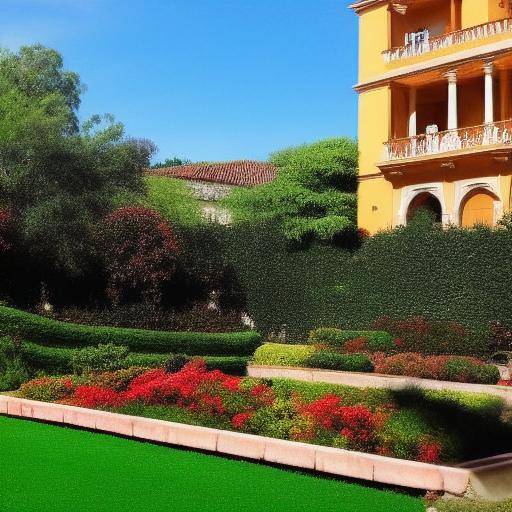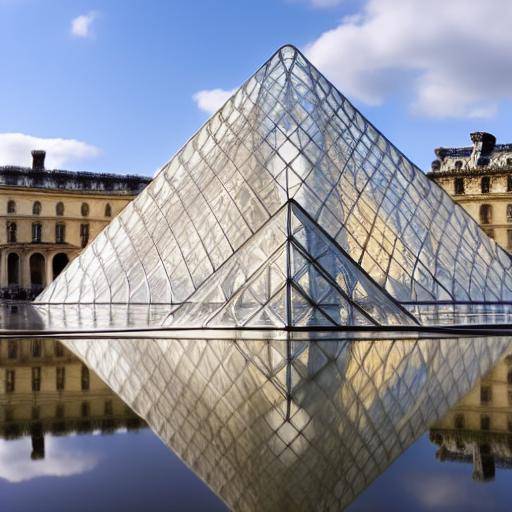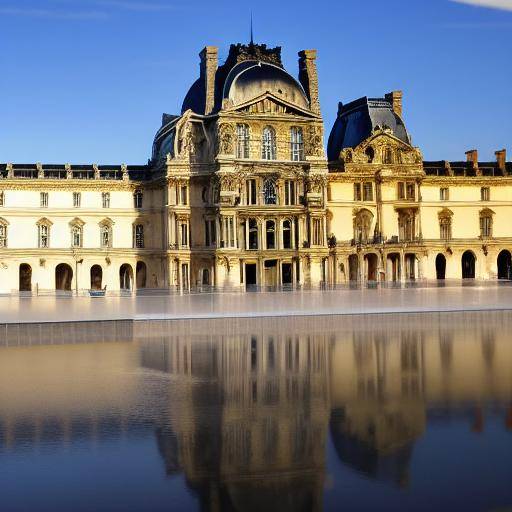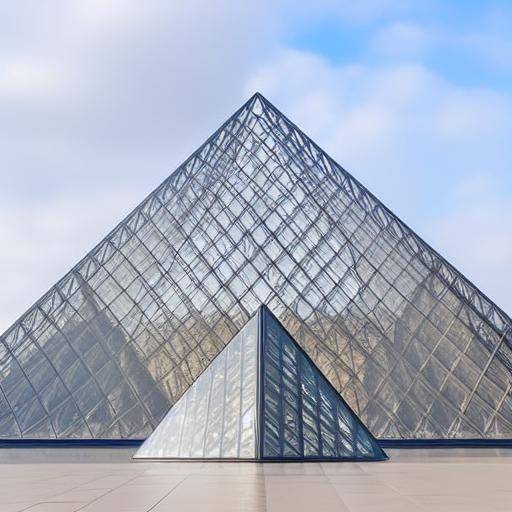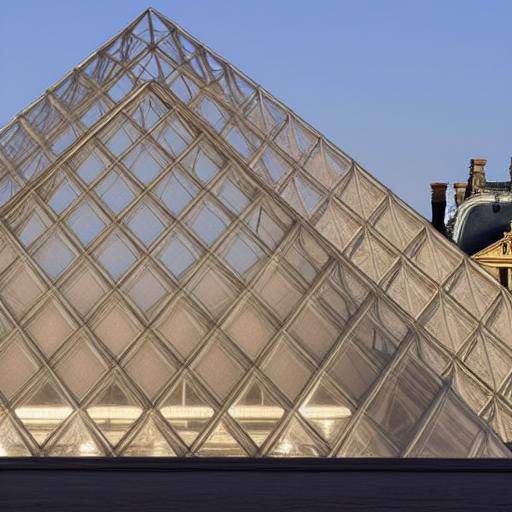
Introduction
Paris, the city of love and light, keeps a secret in its guts: the fascinating catacombs of Paris. This underground labyrinth hides a millennial story that has marveled visitors and locals alike. In this article, we will explore the catacombs of Paris, its hidden history and the influence of France in the creation of this enigmatic underground world. Get ready to enter a historic and cultural journey that will make you astonished.
The beauty of Paris is not limited to its majestic monuments and cobbled streets. Under the ground of this iconic city lies an intriguing underground world full of mysteries: the famous catacombs of Paris. These underground passages house a history dating back centuries, and have captivated the imagination of explorers, historians and visitors alike.
History and Background
The origin of the Paris catacombs dates back to the 18th century, when the city faced the challenge of finding a solution to the excess of burials in the urban cemeteries. The overpopulation of these cemeteries posed serious health problems, which led the authorities to seek alternatives. The innovative solution came in the form of ancient limestone quarries that were under the city. These quarries began to be used to house the mortal remains of millions of Parisians, giving rise to the catacombs we know today.
The catacombs not only served as a pragmatic response to the superpopulation of cemeteries, but also played a crucial role during key moments in the history of France. During the Second World War, for example, these vast underground galleries served as a shelter and operations centre for French resistance, playing a significant role in the fight against Nazi occupation.
The evolution of catacombs over the centuries has witnessed countless transformations, from its initial utility to its current role as a tourist destination, a monument to history and a fascinating space for exploration. Their influence on Parisian culture and identity is indisputable, making them a unique underground monument in the world.
Analysis in Deep
Today, the catacombs of Paris attract visitors from around the world, eager to explore this underground labyrinth. This tourist attraction has generated debates on how to balance historical preservation with sustainable tourism. As catacombs become an increasingly popular destination, challenges arise around the conservation of this unique heritage and its sustainable management.
The enormous extent of catacombs poses logistical and security challenges, which has led to strict measures to ensure the safety of visitors and preserve the integrity of this historic heritage. In addition, the management of tourist visits must be balanced with the importance of preserving the underground environment and its rich history.
The catacombs in Paris not only awaken the interest of tourists, but are also a fascinating field of study for historians, archaeologists and academics. Through the exploration of these underground galleries, unknown aspects of Parisian history have been unraveled, revealing surprising details of life and death in the French capital over the centuries.
Comprehensive review
The catacombs of Paris are not only a unique phenomenon in the historical and architectural realm, but also incarnate a moving testimony of life and death. As we continue to enter this vast underground world, we face the complex intersection between art, history and spirituality. The underground decorations and inscriptions on the walls of the catacombs offer a unique perspective on cultural expression and funeral rituals of different times, enriching our understanding of life in ancient Paris.
The presence of countless human remains in the catacombs also raises reflections on mortality and commemoration, inviting visitors to reflect on the brevity of life and the lasting legacy we leave behind. This recognition of the transience of human existence adds an additional layer of meaning to the historical wealth of catacombs.
Comparative analysis
By comparing the catacombs of Paris with other underground historical sites in France, such as the shelters and tunnels used during the Second World War, we can appreciate the diversity and complexity of the country's underground heritage. While catacombs reflect the intersection between history, culture and urbanization, underground shelters illustrate resistance and struggle in times of conflict.
The presence of these various underground spaces highlights the wealth and variety of French history, revealing additional layers of complexity and intrigue that have shaped the identity of the nation over the centuries.
Practical Tips and Recommendations
If you plan to visit the Paris catacombs, it is important to be prepared for a unique and exciting experience. Some practical tips include:
- Reserve with Anticipation: Catacombs are a popular tourist destination, so it is advisable to book tickets in advance to avoid long rows.
- Suitable equipment: Due to the underground nature of the catacombs, it is advisable to wear comfortable shoes and carry an additional layer, as the ground temperature can be lower than on the surface.
- Respect for the Environment: When exploring the catacombs, it is essential to respect the underground environment and follow the instructions of the staff to ensure the safety of all visitors.
- Historical immersion: Make the most of your visit by immersed in the history and narratives surrounding the catacombs. Learning about the historical context will enrich your experience and understanding of this amazing site.
Conclusions and FAQs
Conclusion
The catacombs in Paris represent a profound testimony of the history, culture and identity of one of the most iconic cities in the world. As we venture into the underground depths of Paris, we find a legacy that transcends centuries and awakens a sense of wonder and admiration for human naivety. Catacombs invite us to reflect on the fleetingness of life, the beauty of memory and the importance of preserving our historical legacy for generations to come.
Frequently asked questions
1. What is the story behind the creation of the Paris catacombs?
The catacombs in Paris emerged as an innovative solution to address the overpopulation of the urban cemeteries in the eighteenth century. The ancient underground quarries became a place of burial, giving rise to this underground labyrinth.
2. What is the cultural importance of catacombs?
The catacombs in Paris are much more than a tourist destination. They represent a unique underground monument that offers a window to the history and culture of Paris, revealing unexplored aspects of life in the city over the centuries.
3. What are the current challenges related to the conservation and management of catacombs?
Current challenges include the preservation of the underground environment, the security of visitors and the sustainable management of tourism. Balancing historical preservation with accessibility and conservation is a complex task that requires a careful and collaborative approach.
4. How can I make the most of my visit to the catacombs?
For an enriching experience, it is recommended to immerse in the history and narratives surrounding the catacombs. Learning about the historical context will enrich the understanding and appreciation of this amazing underground site.
5. What do decorations and inscriptions mean in catacombs?
The decorations and inscriptions in the catacombs offer a unique vision of cultural expression and funeral rituals of different times, enriching our understanding of life in ancient Paris and adding layers of meaning to this vast underground world.
6. What is the relevance of catacombs in the broader context of French history?
The catacombs in Paris play a significant role in the history and identity of France, serving as a testimony of urban evolution, resistance in times of war and cultural expression over the centuries.
With a past rich in history and a lasting influence on Parisian culture and identity, the catacombs of Paris offer a fascinating journey through the centuries and represent a monument that transcends time and space. This underground wonder continues to captivate those who venture to explore their vast passages, inspiring astonishment, reflection and deep appreciation for the historical legacy that lies beneath the surface of the city of love.
In conclusion, the catacombs of Paris are a touching testimony of life and death, inviting us to reflect on the transitory existence and the importance of preserving our historical legacy for future generations, highlighting once again the lasting relevance of this underground monument in the heart of France.

